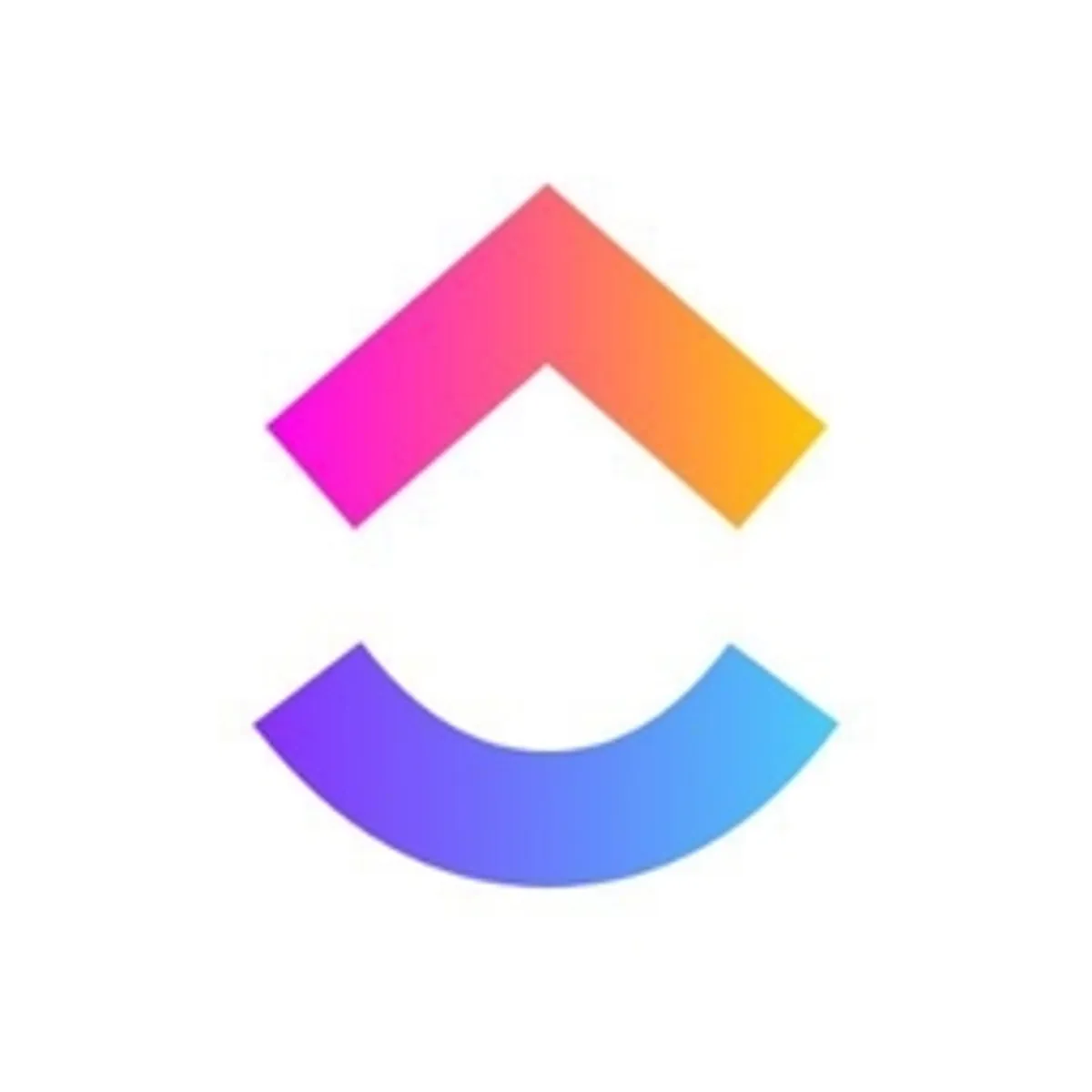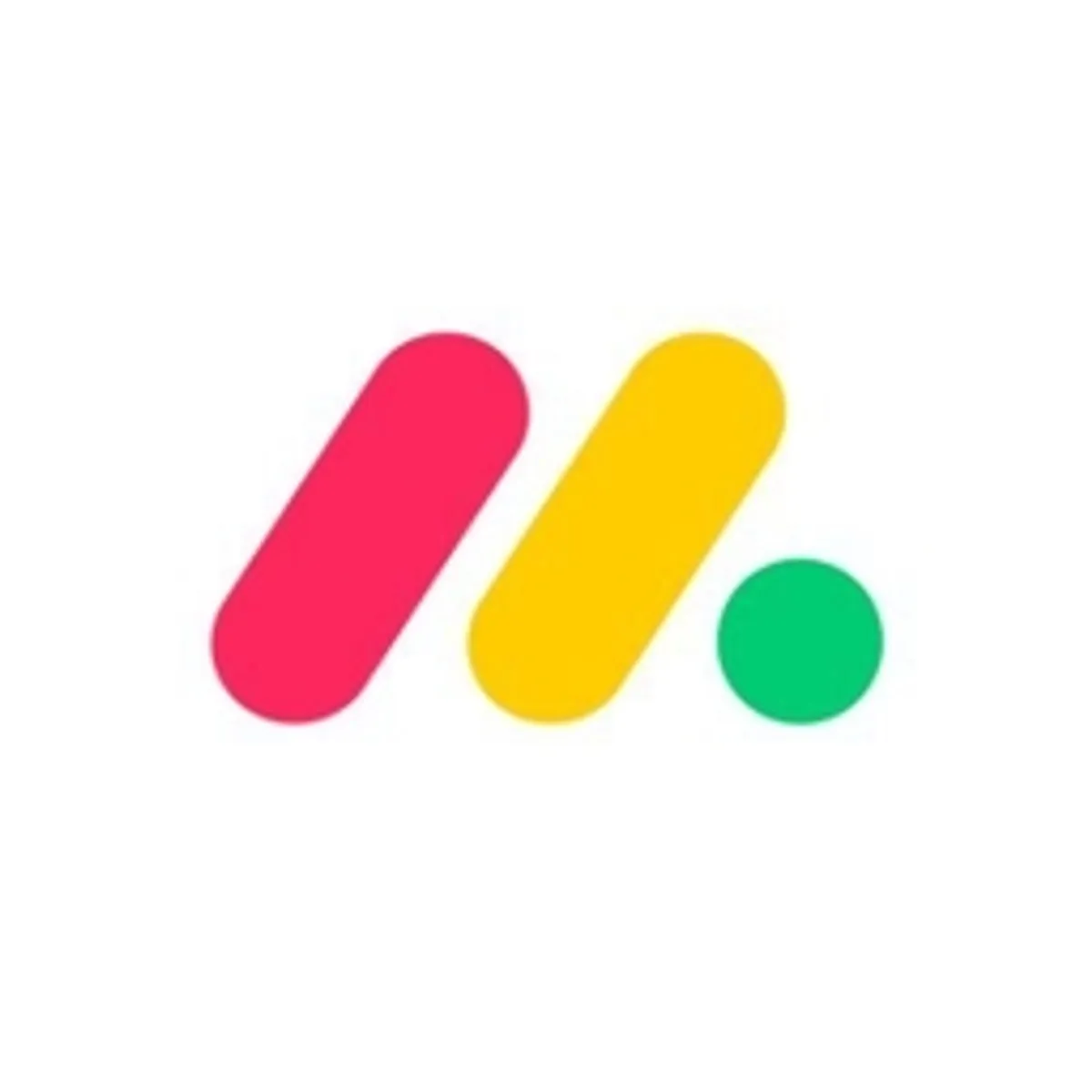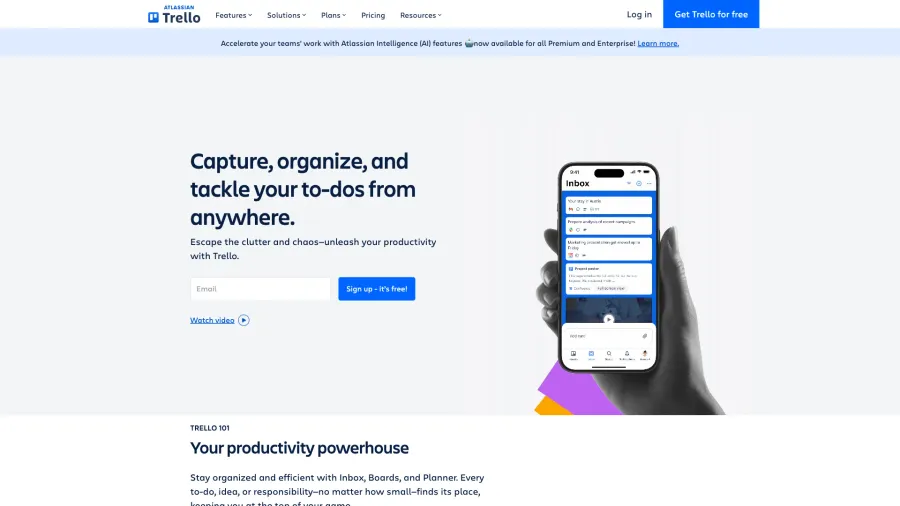

Trello
Visual Kanban-Style Project & Task Management Platform
Trello is a popular visual project management tool built around the Kanban methodology, designed to help teams organize tasks and track progress through a highly intuitive interface. At its core, Trello uses boards, lists, and cards to create flexible workflows where tasks can be easily moved through different stages with simple drag-and-drop actions. Each card can contain detailed information including descriptions, checklists, due dates, attachments, comments, and custom fields. The platform supports collaboration with features for assigning team members, adding comments, and tracking activity. Trello's power comes from its simplicity and flexibility, allowing it to adapt to virtually any workflow from software development and marketing campaigns to event planning and personal task management. The platform offers both free and premium plans with advanced features like automation, unlimited Power-Ups (integrations), and enhanced security options. Available across web, desktop, and mobile devices, Trello has become a staple productivity tool for millions of users from individuals and small teams to departments within Fortune 500 companies. Its visual approach and low learning curve make it particularly accessible for teams seeking to implement structured project management without complex software or extensive training.
Ratings Breakdown
Key Features
Customizable Kanban boards
Cards with checklists & attachments
Power-Ups (app integrations)
Automation with Butler
Templates for various workflows
Labels & due dates
Mobile & desktop apps
Team collaboration tools
Commenting & activity logs
Pros & Cons
Pros
Intuitive, user-friendly interface
Quick learning curve
Highly visual workflow management
Flexible for various team sizes
Strong mobile experience
Generous free tier
Extensive integration options
Regular platform updates
Cons
Limited reporting capabilities
Can become cluttered with large projects
Basic free version Power-Up limitations
Not ideal for complex project dependencies
Some advanced features in higher tiers only
Simple structure may not suit complex workflows
Limited native time tracking
What is Trello?
Trello is a visual project and task management platform based on the Kanban methodology, designed to help teams organize work, track progress, and collaborate effectively through an intuitive, board-based interface. Founded in 2011 by Fog Creek Software (later spun out as its own company and acquired by Atlassian in 2017), Trello was developed to address the need for a simple, visual way to manage projects without the complexity of traditional project management software. At its core, Trello operates on three fundamental concepts: boards (representing projects or workflows), lists (representing stages or categories), and cards (representing individual tasks or items). This straightforward structure creates a highly visual system where work moves across different stages by simply dragging and dropping cards between lists, providing immediate visibility into progress and status. Unlike complex project management tools with steep learning curves, Trello emphasizes accessibility and flexibility, with a design philosophy centered on being immediately intuitive to new users while remaining adaptable enough for diverse use cases. The platform has evolved beyond basic Kanban functionality to include features like automation (via Butler), Power-Ups (integrations and extensions), templates, and advanced collaboration tools that expand its capabilities while maintaining the core simplicity that defines the user experience. Available through web, desktop, and mobile applications with a freemium model, Trello has grown to serve over 50 million users across organizations of all sizes, from individuals managing personal tasks to teams within global enterprises. The platform's flexibility allows it to support varied workflows across departments and industries—from software development and marketing to HR, sales, and operations—while its low barrier to entry makes it particularly valuable for teams new to formal project management or seeking to avoid the overhead of more complex systems. Trello's enduring popularity stems from its successful balance of simplicity and capability, providing enough structure to organize work effectively without imposing rigid processes or requiring extensive training.
Key Features
Trello offers a comprehensive suite of features centered around visual project management and team collaboration. The platform's board-based organization allows for intuitive project structuring with customizable lists that represent workflow stages, statuses, or categories depending on the specific use case. The card system enables detailed task management with each card capable of containing rich information including descriptions, checklists, due dates, labels, assignees, attachments, and custom fields. The drag-and-drop interface provides a simple yet powerful way to move tasks between stages, prioritize work, and visualize progress without complex interactions or training. For team collaboration, Trello includes card commenting, @mentions, activity tracking, and notification systems that keep everyone informed about relevant updates and changes. The Butler automation engine allows users to create rules, buttons, and scheduled commands that automatically perform routine actions like moving cards, adding labels, assigning members, or sending notifications based on triggers and conditions. The Power-Up ecosystem extends Trello's functionality through integrations with popular tools and services including Slack, Google Drive, Jira, GitHub, Salesforce, and many others, allowing teams to connect Trello with their existing workflow tools. The template gallery offers pre-built board structures for common use cases across departments and industries, from engineering sprints and marketing campaigns to HR onboarding and sales pipelines, accelerating implementation and applying best practices. Calendar and timeline views provide alternative ways to visualize work beyond the standard Kanban view, particularly useful for deadline-driven projects and roadmap planning. Mobile applications for iOS and Android deliver a robust on-the-go experience with nearly full feature parity to the web version, enabling productive work from anywhere. For organization and filtering, Trello provides labels, tags, and powerful search capabilities that help users quickly locate specific cards across boards and focus on relevant work. The board sharing and permission system allows for flexible collaboration with options ranging from public visibility to restricted team access with varying permission levels. Advanced features in premium tiers include unlimited Power-Ups, larger file attachments, priority support, advanced checklists, and administrative controls designed for team and enterprise environments. Trello's flexible structure allows for adaptation to various project management methodologies beyond Kanban, including Scrum (with sprint lists), GTD (Getting Things Done), and personal productivity systems through customized board layouts and automation. The platform also includes data export options, activity logs, and backup capabilities to maintain historical records and ensure work information remains accessible and secure.
Who Should Use Trello?
Trello serves a diverse user base united by the need for visual organization and straightforward task management. Small teams benefit significantly from Trello's low barrier to entry, allowing them to implement structured project tracking without extensive training or complex setup, making it particularly valuable for organizations without dedicated project management expertise. Software development teams use Trello for sprint planning, bug tracking, and feature development, often implementing a Kanban or Scrumban approach with lists representing work states like "Backlog," "In Progress," and "Done." Marketing teams leverage the platform for campaign planning, content calendars, and creative production workflows, using cards to track individual deliverables and lists to represent process stages or channels. Product managers organize roadmaps, feature requests, and development priorities, taking advantage of Trello's visual nature to communicate plans and progress to stakeholders. Startups and small businesses adopt Trello as a flexible organizational tool that can evolve with their growth, often starting with basic task management and expanding to more sophisticated workflows over time. Sales teams track leads, deals, and customer onboarding processes, using Trello's visual pipeline approach to move opportunities through stages and maintain visibility into the sales funnel. Human resources departments manage recruitment, onboarding, and employee development processes with boards that visualize candidate progression and new hire task completion. Event planners coordinate complex events with numerous tasks, deadlines, and responsibilities, using Trello to ensure nothing falls through the cracks during planning and execution. Educational institutions and students use Trello for assignment tracking, group projects, and research organization, appreciating the visual structure and collaboration capabilities. Personal productivity enthusiasts implement Trello for everything from daily task management and habit tracking to travel planning and home renovation projects. While Trello provides value across these diverse use cases, it offers particular benefits to users who: 1) prefer visual organization over text-heavy systems, 2) need flexibility to adapt workflows rather than conforming to rigid structures, 3) value simplicity and ease of use over comprehensive but complex feature sets, or 4) have team members resistant to adopting complicated project management tools. The ideal Trello user appreciates the balance of structure and flexibility, wanting enough organization to track work effectively without the overhead of learning and maintaining a complex system. The platform is less suitable for projects requiring sophisticated dependencies, detailed resource management, or advanced reporting, though many users successfully extend its capabilities through Power-Ups and integrations with specialized tools.
Pricing
Trello offers a tiered pricing structure designed to accommodate users from individuals to large enterprises. The Free plan provides essential features including unlimited personal boards, unlimited cards, 10 boards per Workspace, basic automation capabilities, and limited access to Power-Ups (one per board). This tier offers enough functionality for individuals, small teams, or simple projects without financial commitment. The Standard plan, typically priced at $5 per user per month (billed annually) or $6 monthly, adds significant capabilities including unlimited boards, advanced checklists, custom fields, unlimited storage (10MB per file), and additional automation capabilities. This tier represents an accessible entry point for professional teams requiring enhanced organization and collaboration features. The Premium plan at approximately $10 per user per month (annually) provides advanced features including unlimited Power-Ups, admin and security features, priority support, dashboard view, timeline view, calendar view, workspace table view, and advanced automation. This tier targets organizations requiring more sophisticated project management and reporting capabilities. The Enterprise plan, starting around $17.50 per user per month (with volume discounting for larger organizations), offers additional enterprise-grade features including organization-wide permissions, advanced security, specialized support, and enhanced administrative controls designed for large-scale deployment. Educational institutions can access free Standard features through Trello for Education, while non-profit organizations may qualify for discounted rates. All plans include access to mobile applications and core board functionality, with differences focused primarily on advanced features, automation capabilities, and administrative controls rather than fundamental limitations. For teams transitioning from other tools, Trello offers guides, templates, and resources to facilitate adoption. The company typically provides a free trial of premium features, allowing teams to evaluate capabilities before committing to paid plans. The per-user pricing model scales transparently with team size, making budgeting straightforward as organizations grow. Compared to complex project management software with significantly higher price points, Trello's Standard and Premium tiers represent strong value for teams seeking efficient visual organization without specialized training requirements. The Free plan provides exceptional value for individuals and small teams with basic needs, offering core functionality without artificial limitations on cards or personal boards. Trello occasionally offers promotional pricing for new customers, typically in the form of extended trials or first-year discounts. For organizations with multiple departments or diverse use cases, the Premium and Enterprise tiers provide the advanced features and administrative controls needed to support varied workflow needs while maintaining a consistent platform experience.
User Experience
Users consistently highlight Trello's intuitive design and minimal learning curve as defining elements of the experience. The web application presents a clean, visually appealing interface that emphasizes content over complex controls, with the familiar card and list metaphor requiring virtually no explanation for new users. The initial onboarding process is remarkably brief yet effective, allowing team members to become productive within minutes rather than requiring extensive training sessions. The drag-and-drop functionality for moving cards between lists provides a tactile, immediate interaction that makes project management feel natural rather than technical, with status changes visible in real-time to all board members. The card detail experience offers a thoughtful balance between simplicity and depth, presenting essential information upfront while making additional options available through an intuitive modal interface. The customization capabilities through backgrounds, labels, and card covers allow for visual organization that helps users quickly identify priorities, categories, and relationships at a glance. The commenting and activity tracking features facilitate clear communication directly in the context of specific tasks, reducing the need for separate email threads or meetings to discuss progress. The notification system keeps team members informed about relevant updates without overwhelming them, with customizable preferences for email, browser, and mobile alerts. The mobile applications for iOS and Android earn particular praise for maintaining nearly complete feature parity with the web version while adapting thoughtfully to touch interfaces and smaller screens. The automation capabilities through Butler strike an effective balance between power and accessibility, allowing non-technical users to create meaningful workflow improvements without coding skills. The template gallery provides valuable starting points that demonstrate best practices for different use cases, reducing setup time and helping teams adopt effective workflows from the beginning. The search functionality enables users to quickly locate specific cards across boards, even in organizations with extensive Trello usage. The Power-Up ecosystem extends functionality in meaningful ways while maintaining the core simplicity of the interface, allowing teams to add capabilities based on their specific needs rather than overwhelming everyone with rarely-used features. For cross-team collaboration, the board sharing and permission system provides appropriate controls while minimizing administrative overhead. Performance remains consistently responsive even with large boards and numerous users, with offline capabilities in the mobile apps ensuring productivity even with intermittent connectivity. Regular updates demonstrate Trello's commitment to platform improvement, though the team maintains a disciplined approach to new features that preserves the core simplicity that defines the user experience. Overall user sentiment reflects appreciation for a tool that successfully balances capability with accessibility, allowing teams to implement effective project management without the resistance often encountered with more complex systems.
Bottom Line
Trello has established itself as a mainstay in the project management landscape by successfully prioritizing simplicity, visual clarity, and flexibility over feature bloat—creating a platform accessible enough for immediate adoption while remaining powerful enough for sustained usage across diverse scenarios. The platform's core strength lies in its remarkably intuitive design that virtually eliminates learning curves, enabling teams to implement structured project management without the training and adoption challenges common with more complex tools. This accessibility delivers particular value for organizations seeking to establish basic project visibility and task coordination without dedicated project management resources or expertise. While not the most feature-rich option in the project management category—intentionally avoiding the complexity that comes with comprehensive capabilities—Trello delivers exceptional value through high voluntary adoption rates, minimal onboarding time, and the ability to create immediate clarity around work status and responsibility. What distinguishes Trello in the crowded project management landscape is its disciplined focus on a simple yet powerful core concept: the visual organization of work through cards and lists that can be adapted to virtually any workflow or methodology. This approach resonates particularly with teams that value flexibility and usability over rigid processes or specialized functionality. The platform particularly excels for teams seeking to implement basic project management practices without intimidating team members, organizations that need accessible task visualization across varied departments, and scenarios where rapid implementation without extensive setup is required. For organizations evaluating project management solutions, Trello offers an approachable entry point through its generous free tier, with a clear upgrade path as needs evolve toward more sophisticated automation, reporting, and administrative requirements. The consistent positive sentiment among users reflects Trello's successful execution of its mission: making project management accessible to everyone through a visual, intuitive approach that focuses on just enough organization without unnecessary complexity.
Share with others
Was this content useful to you?
Found an error?
We strive for accuracy. If you've spotted incorrect information about this tool, please let us know.
Report ErrorMore from this Category

Asana
Work Management Platform for Teams & Organizations
A comprehensive project and work management platform that helps teams organize, track, and manage their work across projects of any size, with visual workflows, automation, and collaboration tools to improve productivity and coordination.
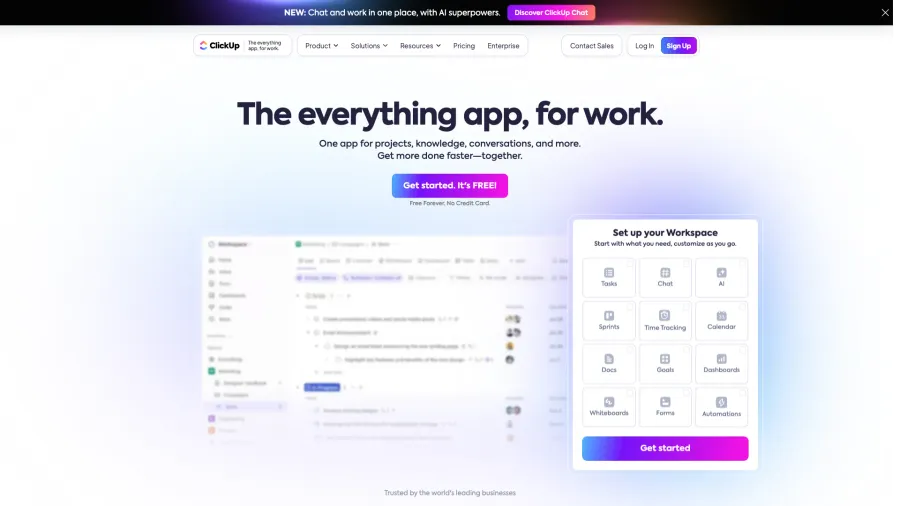
ClickUp
All-in-One Productivity & Project Management Platform
A versatile productivity platform that unifies project management, task tracking, docs, goals, and chat in one workspace, offering highly customizable workflows, advanced automation, and comprehensive tools for teams of all sizes.
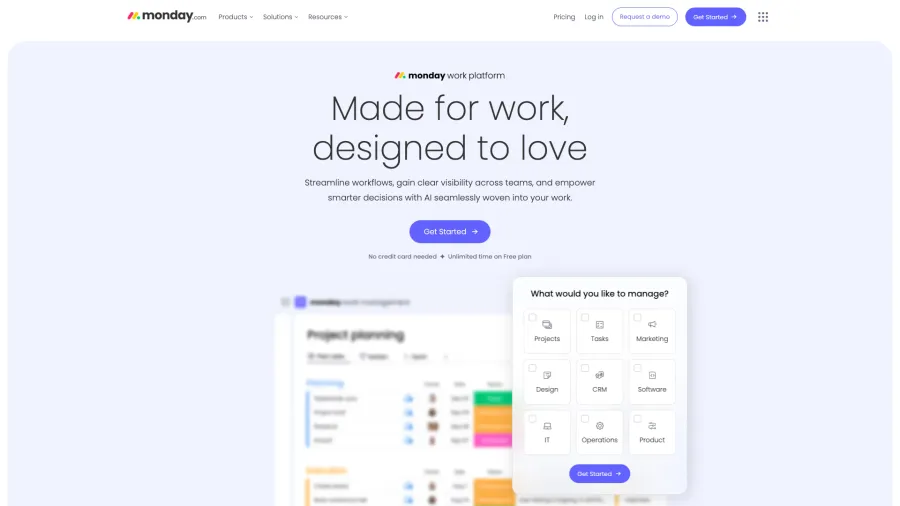
Monday.com
Work Operating System for Team Collaboration & Workflow Management
A flexible work management platform that enables teams to create custom workflows, manage projects, and coordinate processes through a highly visual, customizable interface with automation, integrations, and collaborative features.

